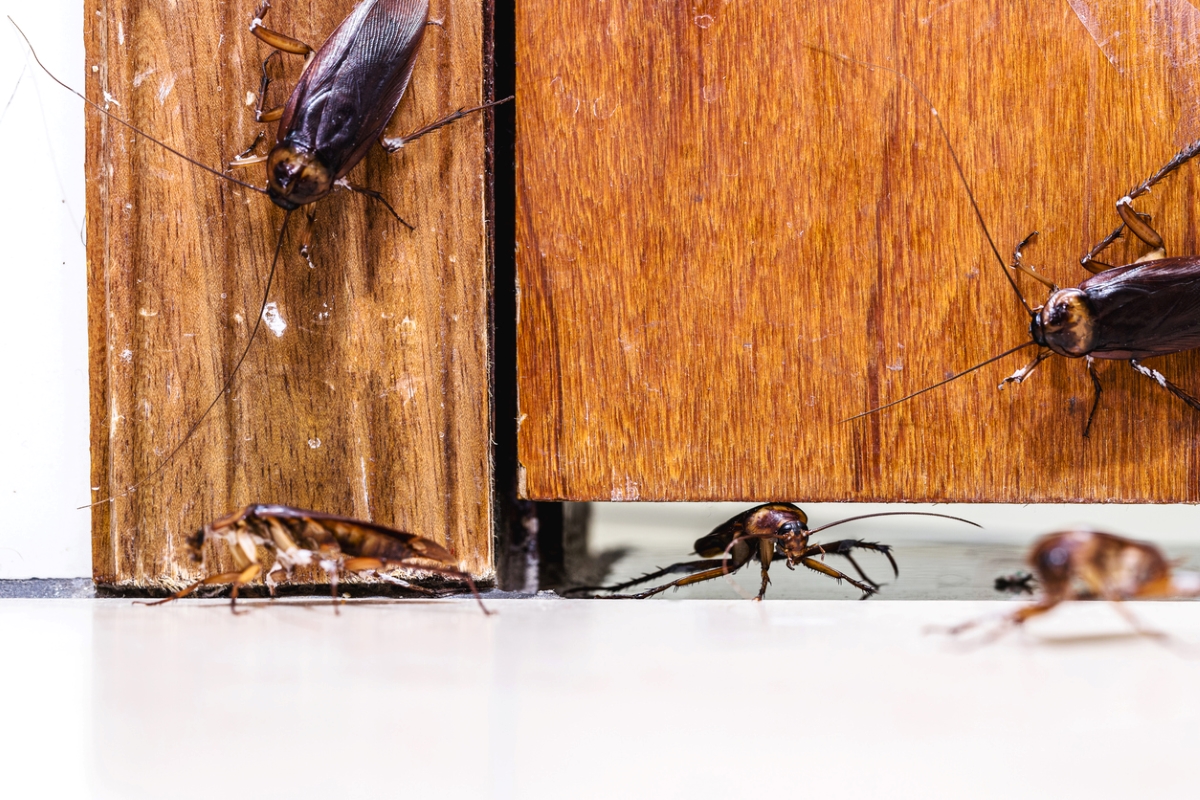

We may earn revenue from the products available on this page and participate in affiliate programs. Learn More ›
If you’re curious about palmetto bug vs. cockroach differences, you’re not alone. In addition to how to kill palmetto bugs, many people have questions about this seemingly lesser-known insect: What attracts palmetto bugs? Do palmetto bugs fly? And, most importantly, are palmetto bugs roaches?
Below, you’ll learn more about palmetto bugs and cockroaches, so you can choose the best methods for prevention and treatment.
Palmetto bugs are cockroaches.
There are several bugs that look like cockroaches but aren’t actually cockroaches. However, the palmetto bug is more than just a cockroach lookalike; they truly are cockroaches. “Palmetto bug” is a regional term used to refer to some cockroach species found in the southeastern—and sometimes southwestern—United States. While the term is also used in other states, it is most commonly heard in South Carolina and Florida.
Palmetto bugs earned their nickname because they are often found near palmetto trees, a type of palm tree that grows in the southeastern U.S. Like other cockroaches, palmetto bugs are survivalists and will eat any available organic material in order to stay alive. They can live for up to a month without water and up to 3 months without food. These pests have a lifespan of at least a year, but some (particularly females) may live longer.
Compared to other cockroach species, palmetto bugs have some distinguishing characteristics.
There are more than 50 cockroach species in the United States—and more than 4,000 species across the world—but only a few types of cockroaches are referred to as palmetto bugs. A palmetto bug often is reddish-brown in color, but can be nearly black. They typically grow about 1½ inches long and can be up to 1 inch wide at maturity. Although palmetto bugs can be found indoors, they more often inhabit outdoor structures. However, they might hitchhike into a home on an item like firewood.
As with all cockroaches, a common concern is whether or not palmetto bugs can fly. The answer varies depending on the cockroach species with which you’re dealing. Many palmetto bugs have underdeveloped or absent hind wings and are not efficient fliers, but other types cause home inhabitants to duck as the bugs fly toward light. Here are some of the cockroaches that are commonly referred to as palmetto bugs.
American Cockroach
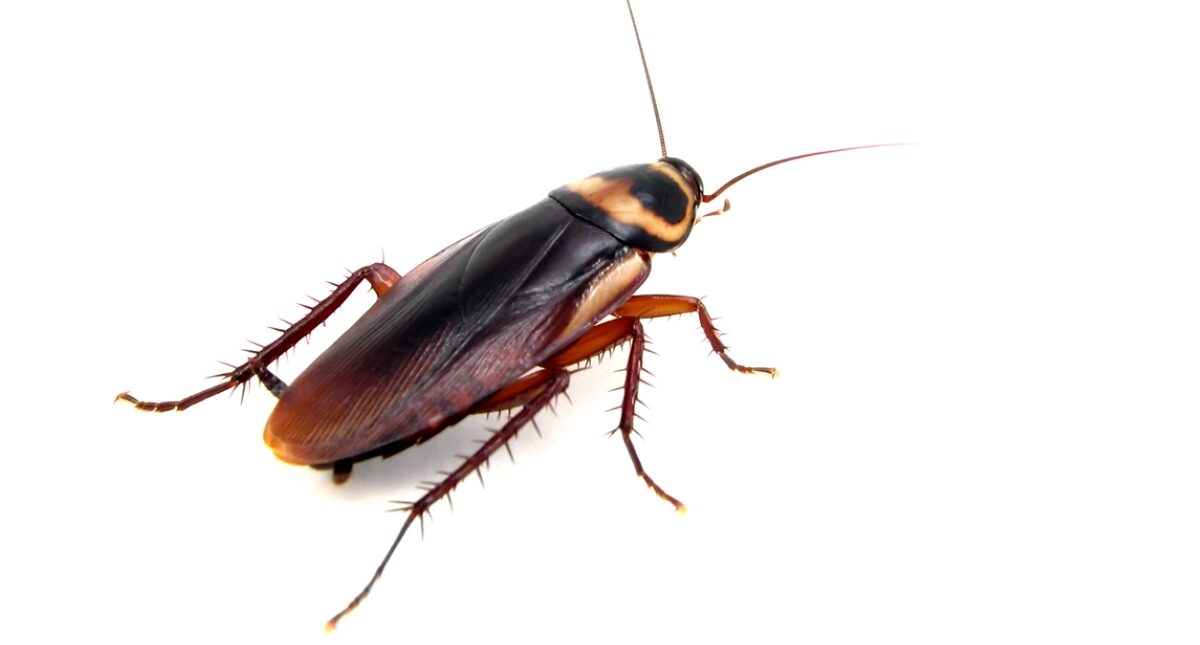
American cockroaches are found across the United States (and world) and prefer warmer temperatures. They are often found in wood piles, sewers, and basements—where they may remain active even if it is colder outside. The American cockroach has a reddish-brown body, distinguishable shield over its head, and a yellow band around its dorsal plate.
Adult American cockroaches have an oval-shaped body that is typically between 1¼ and 1½ inches long, though some may grow to be longer than 2 inches. The wings on the bodies of both male and female American cockroaches allow them to fly for short periods of time.
Smoky Brown Cockroach
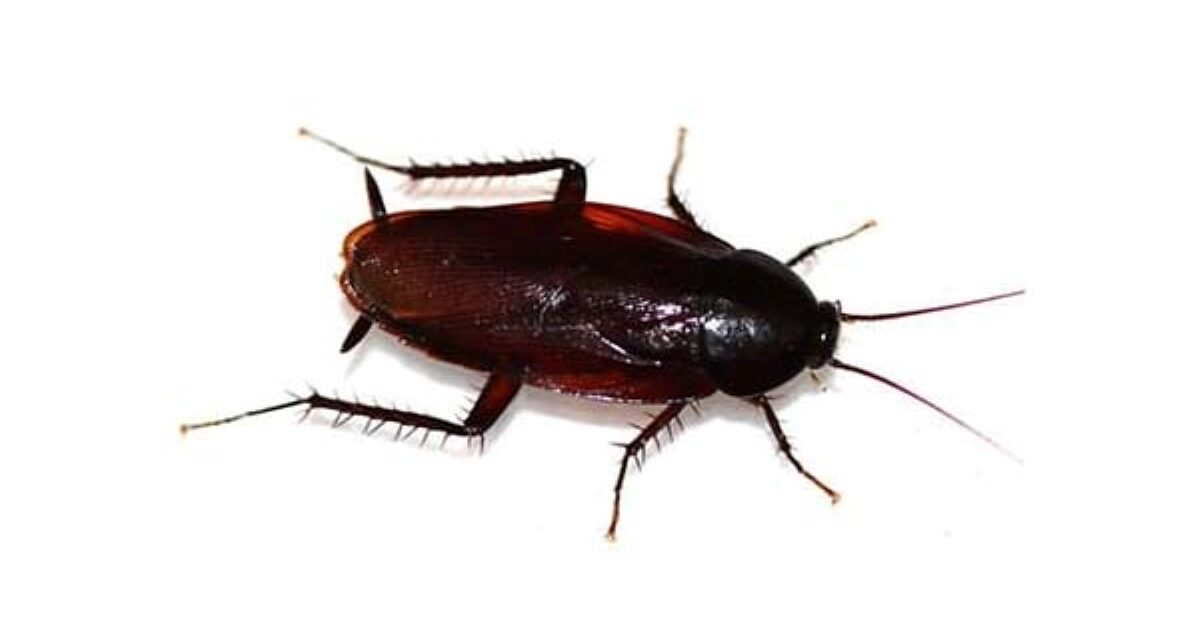
If you see a flying palmetto bug, it could be a smoky brown cockroach. As their name implies, smoky brown cockroaches are brown to mahogany in color, closely resembling an American cockroach without the yellow bands. Smoky brown cockroaches are also around the same size as the American cockroaches, with adults having a body length between 1¼ and 1½ inches—though their antennae can more than double their overall length.
These mostly outdoor pests are capable fliers with wings that extend beyond the end of their body. Smoky brown cockroaches prefer to live in warmer areas with higher levels of humidity. They are found primarily in the American Southeast and California.
Florida Woods Cockroach
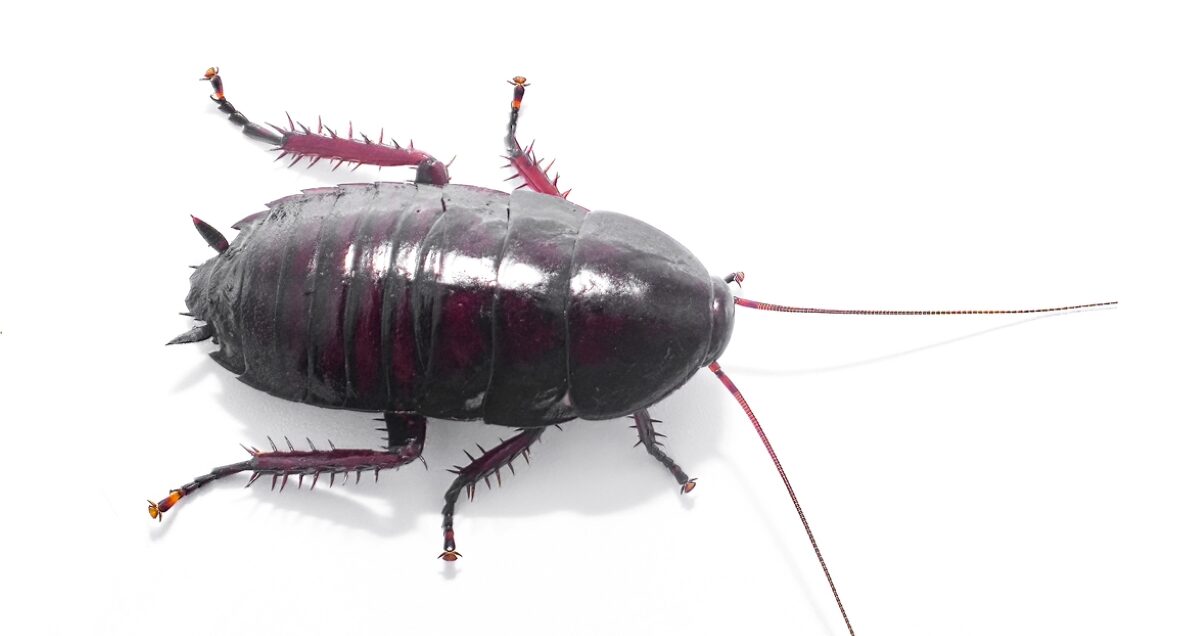
The Florida woods cockroach prefers warm and humid environments and can be found throughout the southeastern U.S. The reddish-brown or black body of a Florida woods cockroach is typically between 1 and 1½ inches long with a leathery texture. While Florida woods cockroaches do have wings, they are ineffective for flying.
Florida woods cockroaches are also less fearful than some other cockroach species. They are less likely to try to move quickly to get away from danger, perhaps because of the particularly unpleasant odor they emit. This odor gives this pest the nickname of Florida stinkroach.
RELATED: How to Get Rid of Stink Bugs in the House
Palmetto bugs are known to emit a foul odor.
One sign of a palmetto bug infestation in your home is the presence of a foul, musky odor. This odor is caused by the pests nesting in floorboards and walls, under sinks, along baseboards, and in other dark or moist areas in and around a home. They might enter a home through sewer pipes and drains.
As the source of their bad odor, what does a palmetto bug nest look like? Palmetto bugs don’t make true nests, but they often live in large groups in these more humid areas within a home. They lay their eggs in these locations, helping to keep their offspring close to a food source. If any of these signs are present in a home, it’s advisable to contact one of the best pest control companies (such as Orkin or Terminix) to help eliminate the infestation.
Like most cockroaches, palmetto bugs can spread disease.
According to the National Center for Healthy Housing, cockroaches carry diseases that can be transmitted to members of a home. Some of the diseases that palmetto bugs may carry include E. coli, salmonellosis, cholera, listeriosis, and typhoid fever. When a palmetto bug walks across and produces waste on countertops, utensils, or other items that may come into contact with food, these diseases can spread to humans. While uncommon, palmetto bugs may occasionally bite people, leading to irritation around the site of the bite.
These cockroaches can also irritate asthma and allergy symptoms in children and adults. The pieces of eggshells, shed skin, and waste from the bugs turns into dust, which can lead to breathing problems and asthma attacks. Moreover, palmetto bugs also act as a parasitic host for tapeworms, hookworms, whipworms, and other parasites that can infect people and pets.
RELATED: Solved! What’s Up With the Musty Smell in My Basement?
Standard cleaning, maintenance, and repairs can help prevent a palmetto bug infestation.
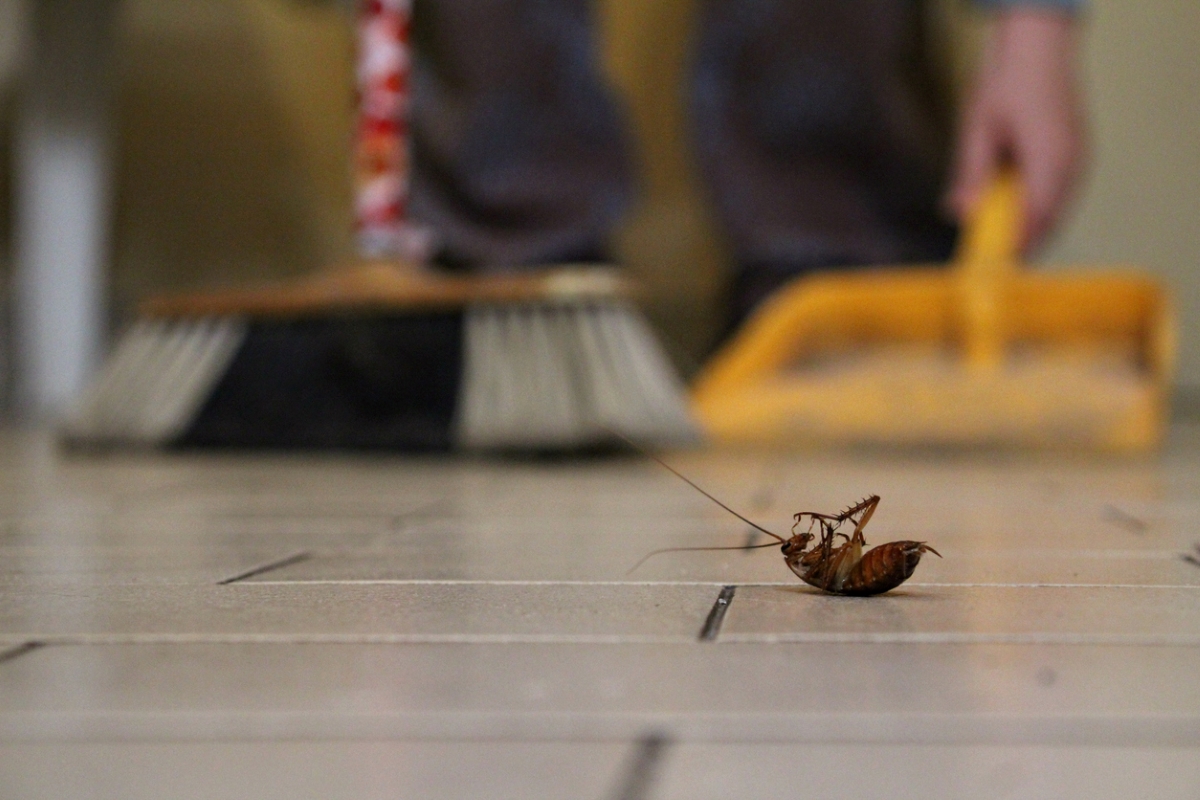
Cockroaches are attracted to homes with overgrowth, wood piles, or dead branches in the yard, as these provide places to hide and find food. They are most likely to enter houses with water leaks, improperly stored food, trash, and clutter. Taking some time to maintain and clean your property and address any necessary repairs can help keep palmetto bugs from entering your home. Below are a few tips to keep these cockroaches away.
- Clean up food and drink spills immediately.
- Store food in sealed metal or plastic containers.
- Don’t leave pet food out overnight.
- Place trash into a plastic or metal trash can with a secure lid.
- Mow regularly to keep grass length under control.
- Keep the yard free of trash, branches, and other debris.
- Trim trees that hang over or touch the house.
- Find and address water leaks right away.
- Seal potential entry points, such as cracks in the foundation or torn screens.
- Try mint oil as a natural pest repellent; it doesn’t kill palmetto bugs but can encourage them to stay away from your home.
